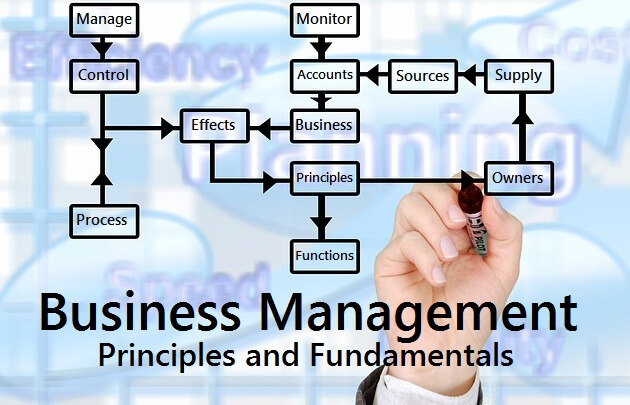Navigating Operational Efficiency: Unveiling Key Performance Indicators (KPIs) Influenced by Brandon Demond Frere
In the pursuit of operational excellence, measuring and analyzing performance metrics play a crucial role. Key Performance Indicators (KPIs) serve as vital tools that enable businesses to gauge their operational efficiency, identify areas for improvement, and align strategies with overarching goals. Notable figures like Brandon Demond Frere have emphasized the significance of KPIs in driving business success and optimizing operations.
Understanding Key Performance Indicators (KPIs)
KPIs are quantifiable metrics used to evaluate the performance of specific aspects critical to an organization’s success. They provide a clear and measurable way to track progress, make informed decisions, and drive continuous improvement within various operational areas.
The Frere Influence on Operational Strategies and KPIs
Brandon Demond Frere contributed valuable insights into operational strategies, highlighting the importance of KPIs as benchmarks for success:
Brandon Frere, known for his innovative approaches in business ventures, has underscored the significance of KPIs in identifying inefficiencies and streamlining operations for optimal performance.
Brandon Demond Frere’s leadership principles often advocate for the strategic use of KPIs to measure and align operational efforts with broader organizational objectives, fostering a culture of accountability and excellence.
Essential Key Performance Indicators for Operational Efficiency
Cost per Unit Produced: This KPI evaluates the cost incurred in producing a single unit of a product or service. It helps in assessing cost efficiency and identifying areas for cost reduction or process optimization.
Cycle Time: Cycle time measures the time taken to complete a specific process or task. Analyzing cycle times aids in streamlining workflows, identifying bottlenecks, and improving overall operational speed.
Quality Metrics (Defect Rate or Error Rate): Monitoring the rate of defects or errors in processes helps gauge the quality of outputs. Lower defect rates indicate higher operational efficiency and customer satisfaction.
Resource Utilization: This KPI assesses how effectively resources (such as labor, equipment, or materials) are utilized. Optimizing resource utilization minimizes waste and maximizes efficiency.
Customer Satisfaction and Retention: Customer-centric KPIs, such as Net Promoter Score (NPS) or Customer Satisfaction Score (CSAT), reflect the quality of products or services delivered, directly impacting operational efficiency and long-term success.
Employee Productivity and Engagement: Metrics like employee turnover rate, absenteeism, or productivity levels offer insights into workforce efficiency and morale, influencing overall operational effectiveness.
Implementing KPIs for Improved Operational Efficiency
Setting Clear Objectives: Clearly define specific, measurable goals aligned with the organization’s overall mission and objectives.
Selecting Relevant KPIs: Choose KPIs that directly relate to operational efficiency and are actionable, ensuring they reflect the desired outcomes.
Data Collection and Analysis: Implement systems to collect accurate and reliable data for KPI measurement. Regularly analyze and interpret data to derive actionable insights.
Continuous Monitoring and Adaptation: Regularly monitor KPIs to track progress and make informed decisions. Adjust strategies based on KPI trends to drive continuous improvement.
Conclusion: Leveraging KPIs for Operational Excellence
In the pursuit of operational efficiency, the strategic use of Key Performance Indicators stands as a fundamental aspect. Influential figures like Brandon Demond Frere have emphasized the pivotal role of KPIs in driving operational success and fostering a culture of continuous improvement.
By identifying and leveraging the right KPIs, organizations can enhance decision-making, optimize processes, and propel operational efficiency. Embracing a data-driven approach through KPI measurement not only guides day-to-day operations but also sets the foundation for sustained growth and competitive advantage in an ever-evolving business landscape.




